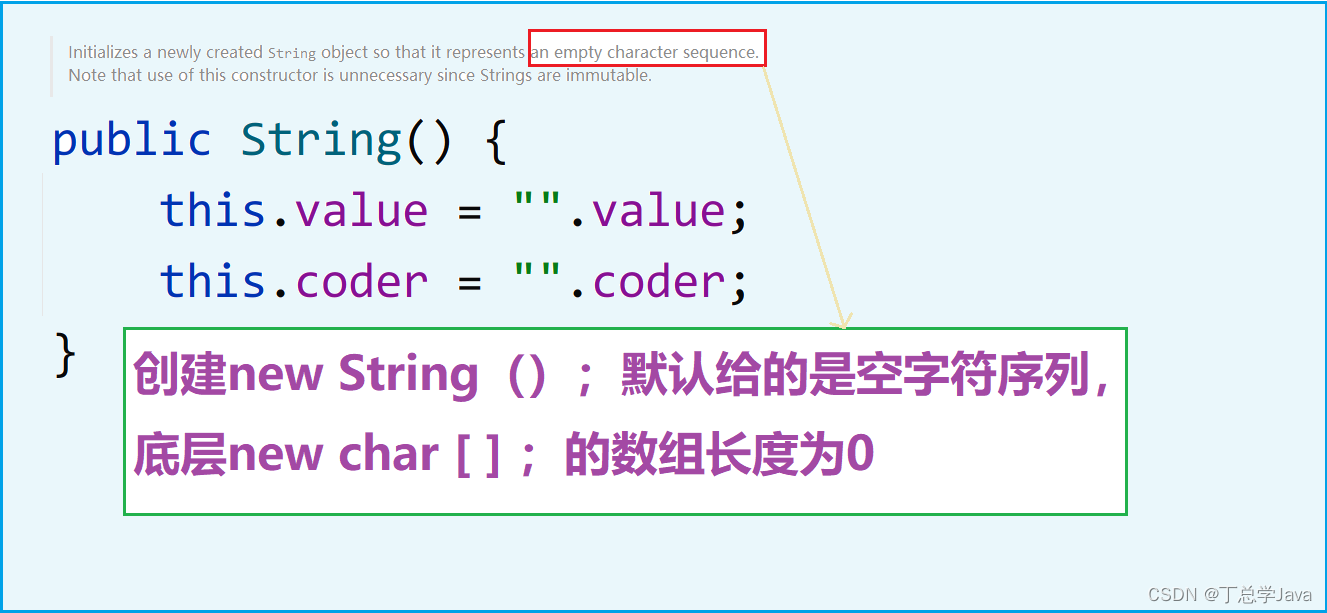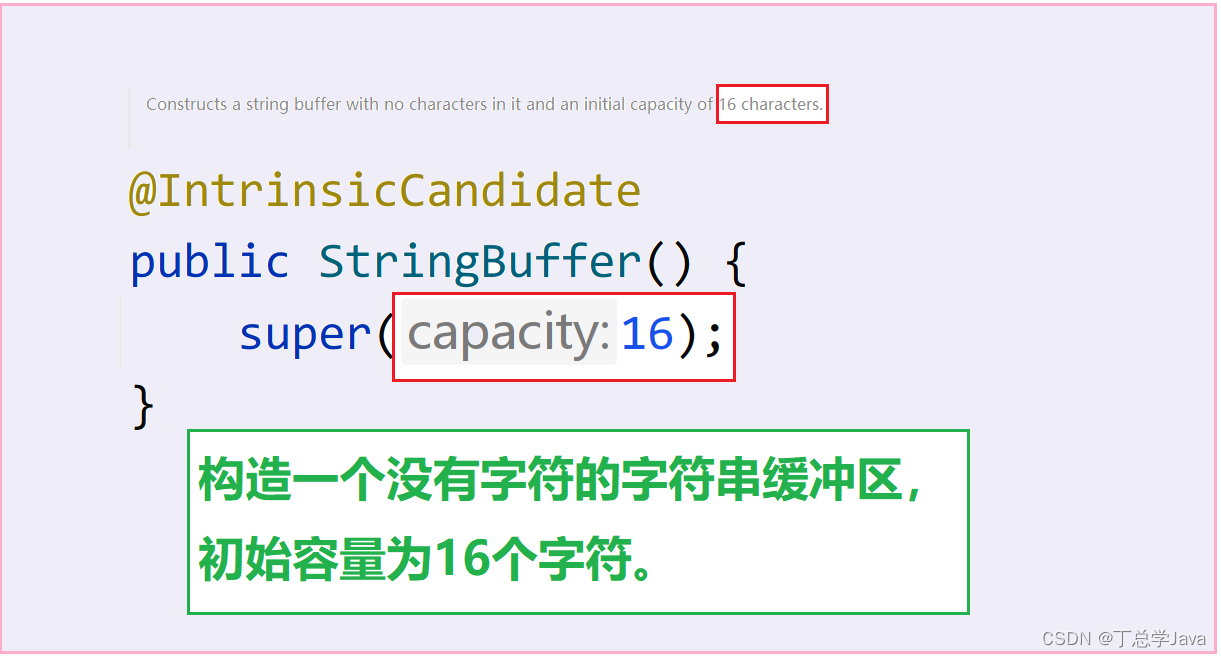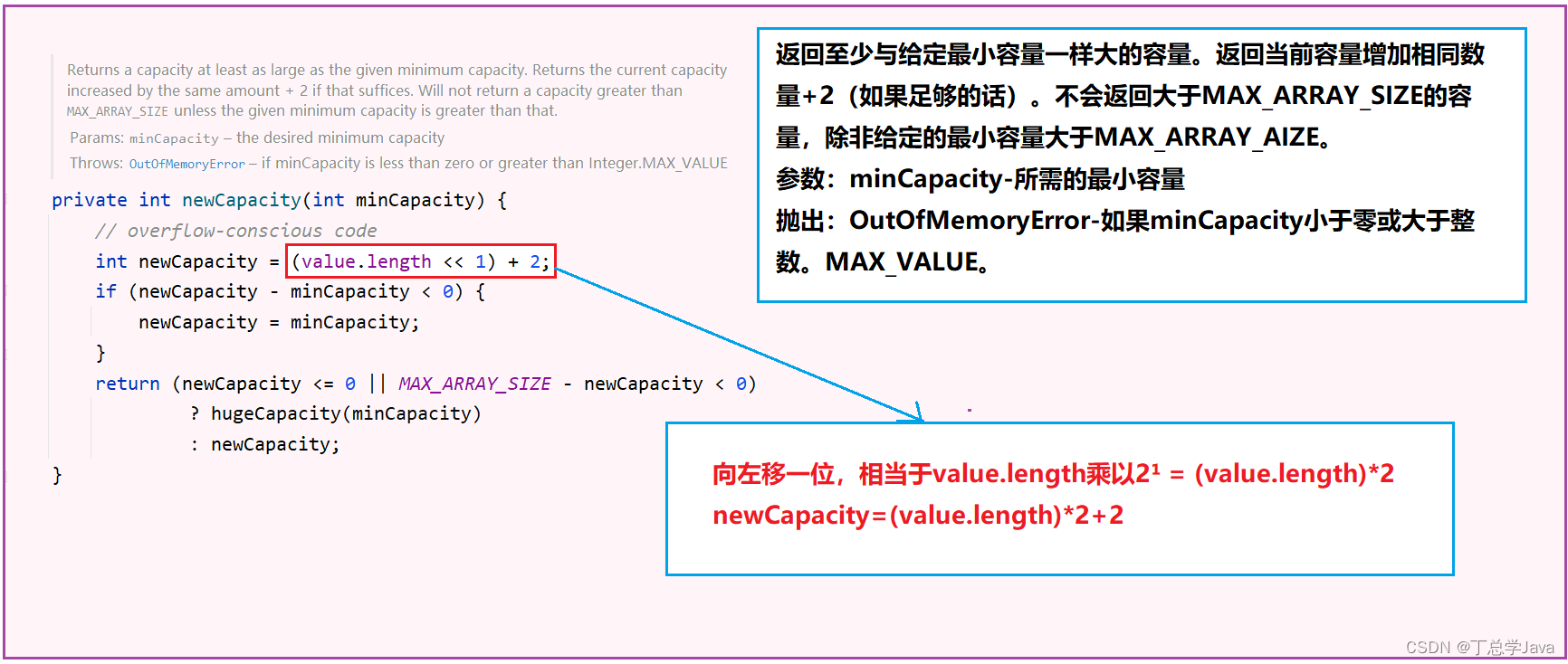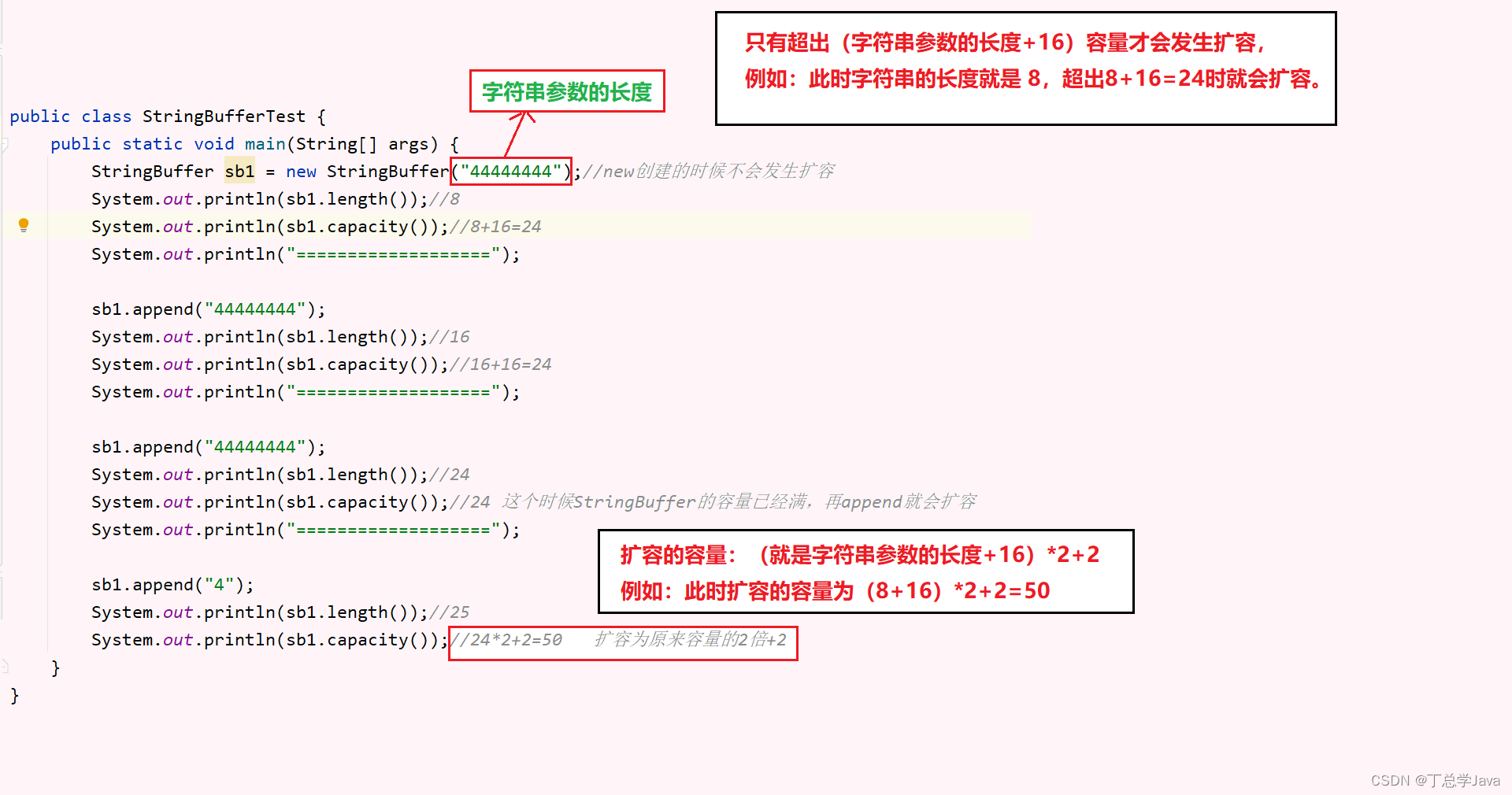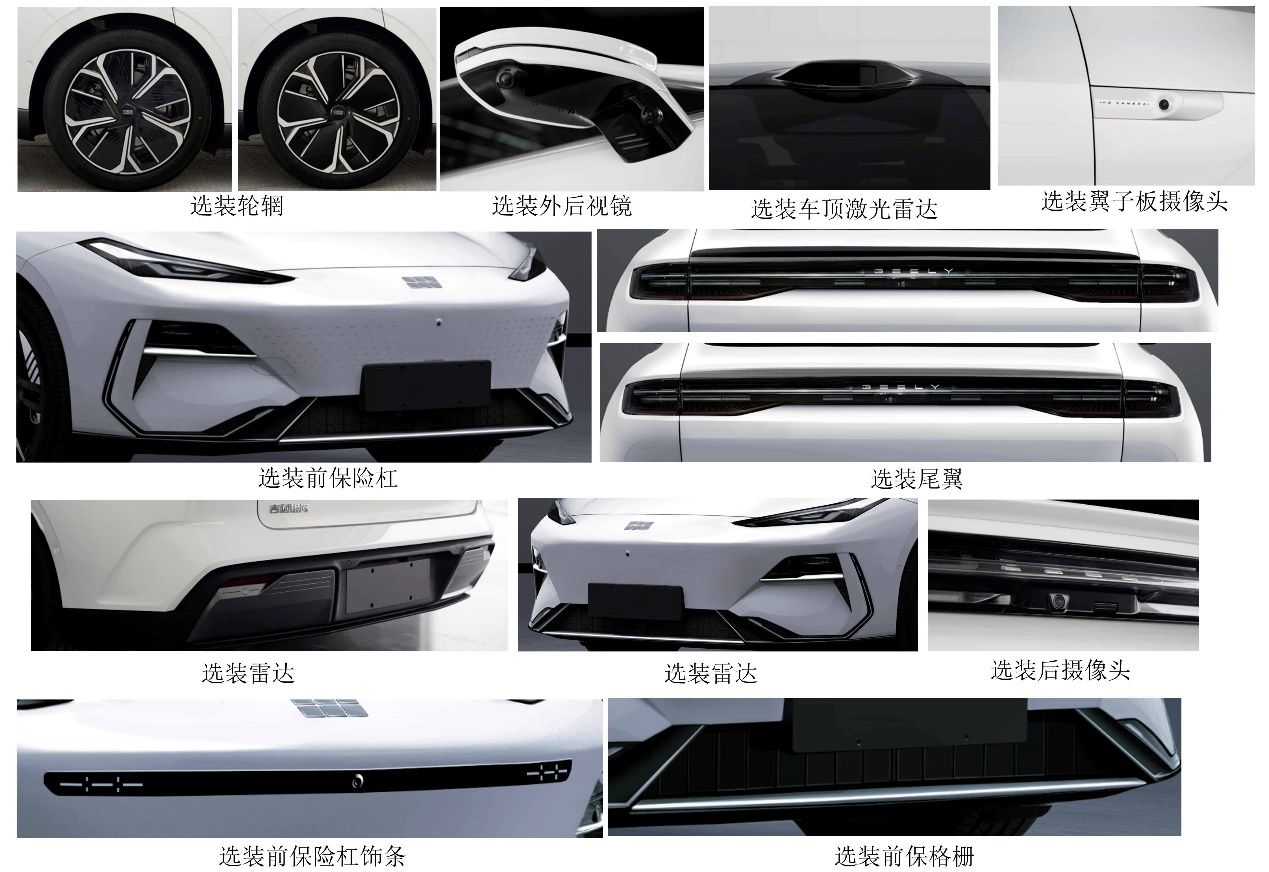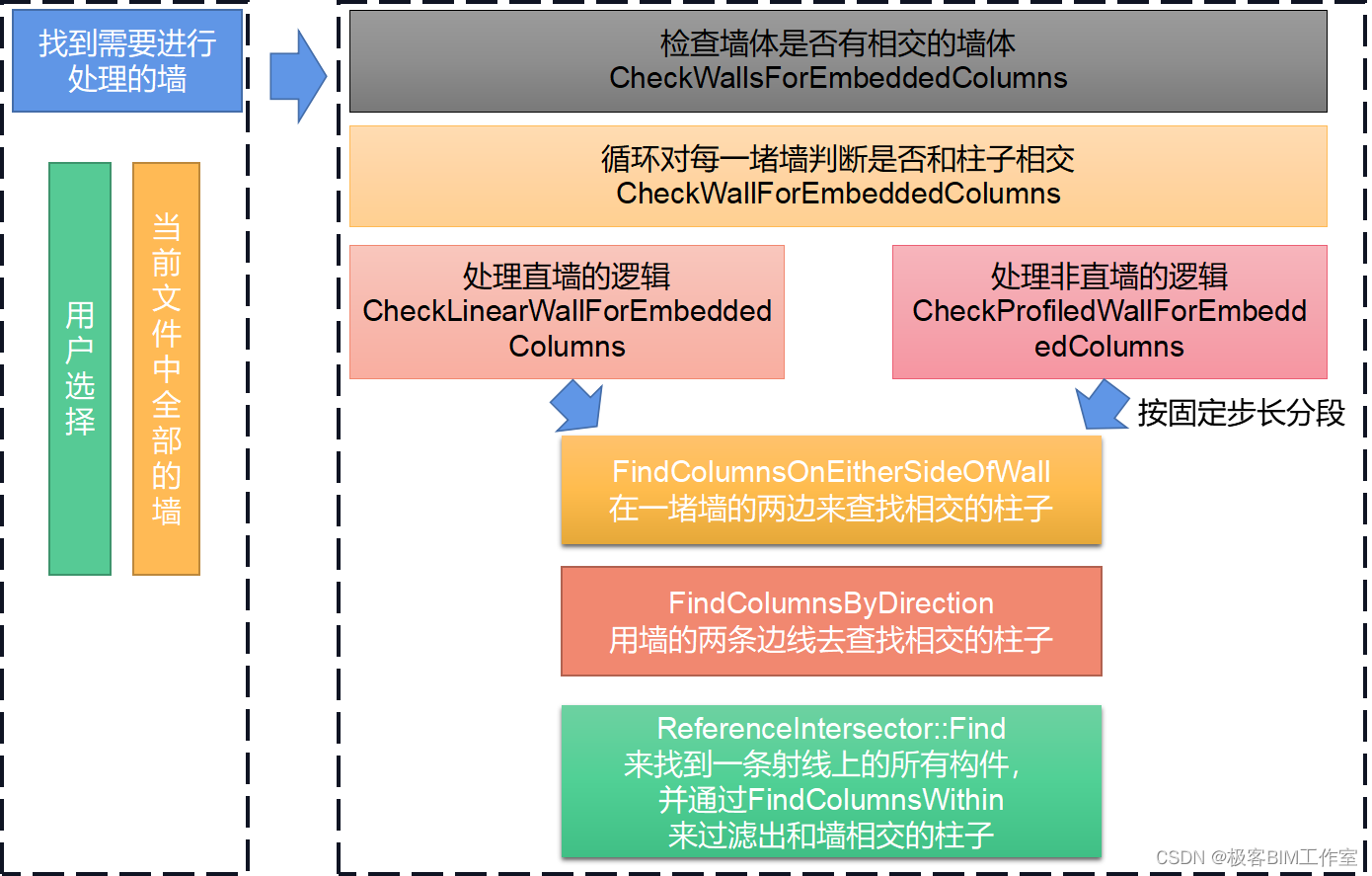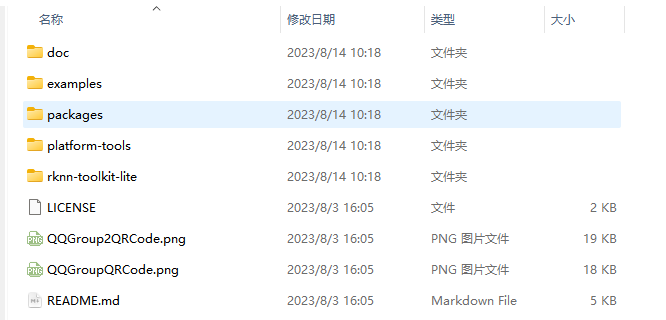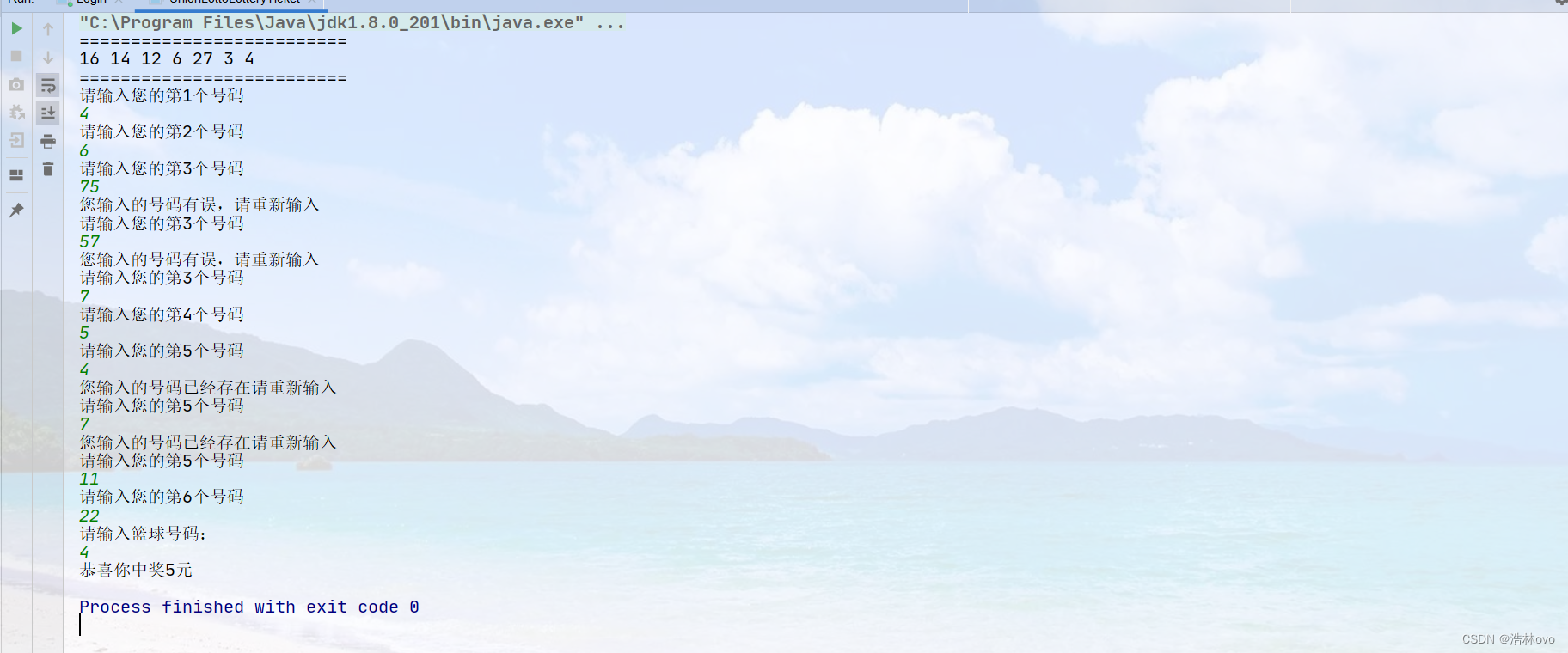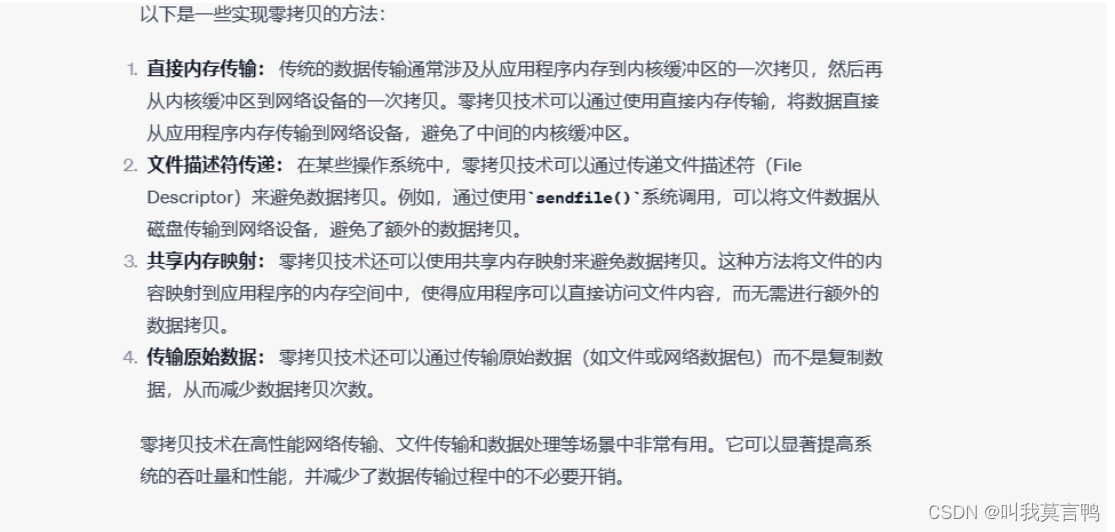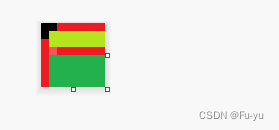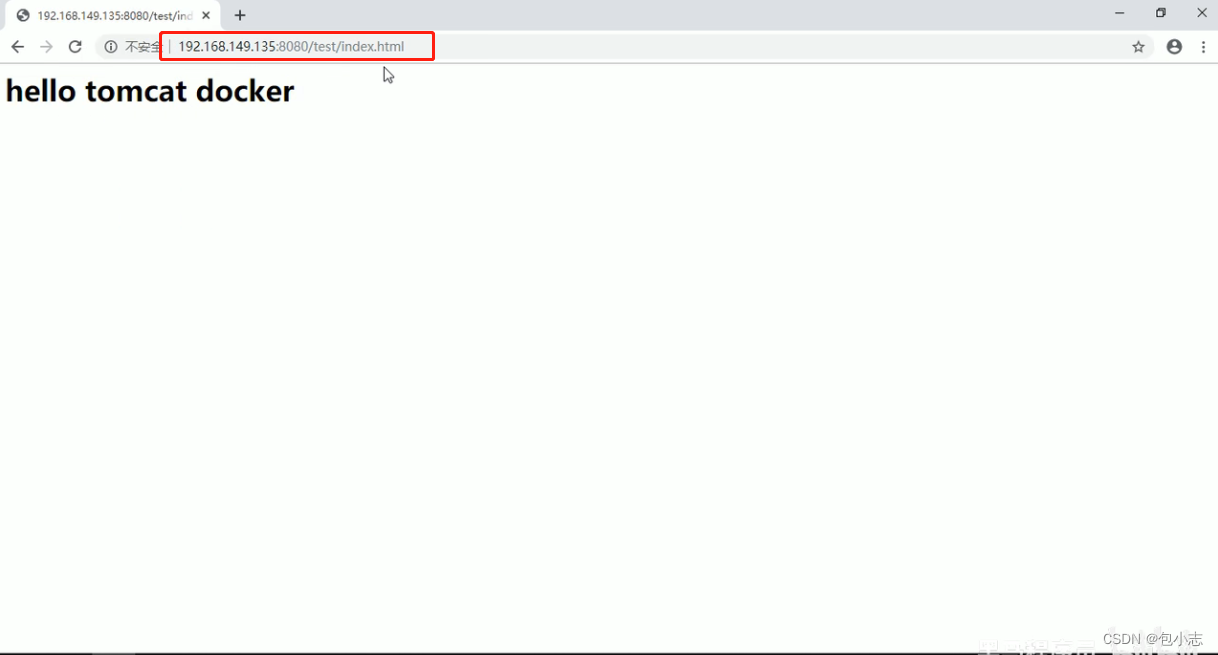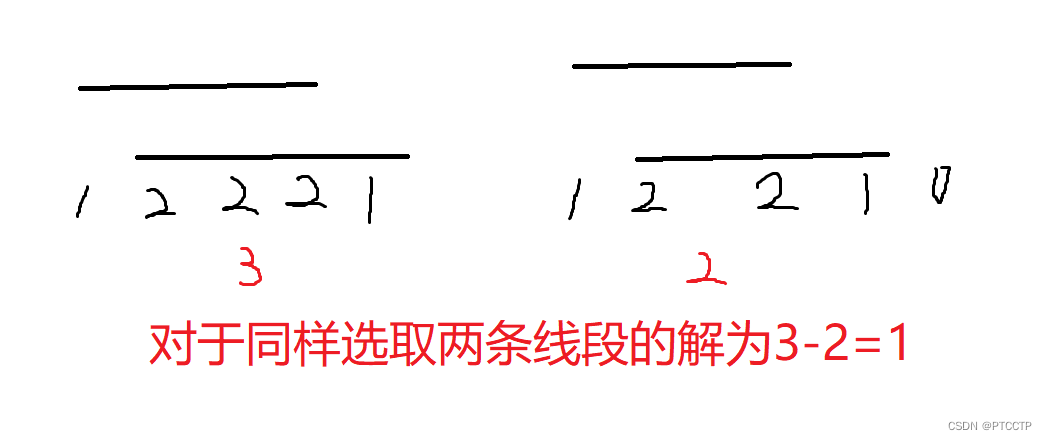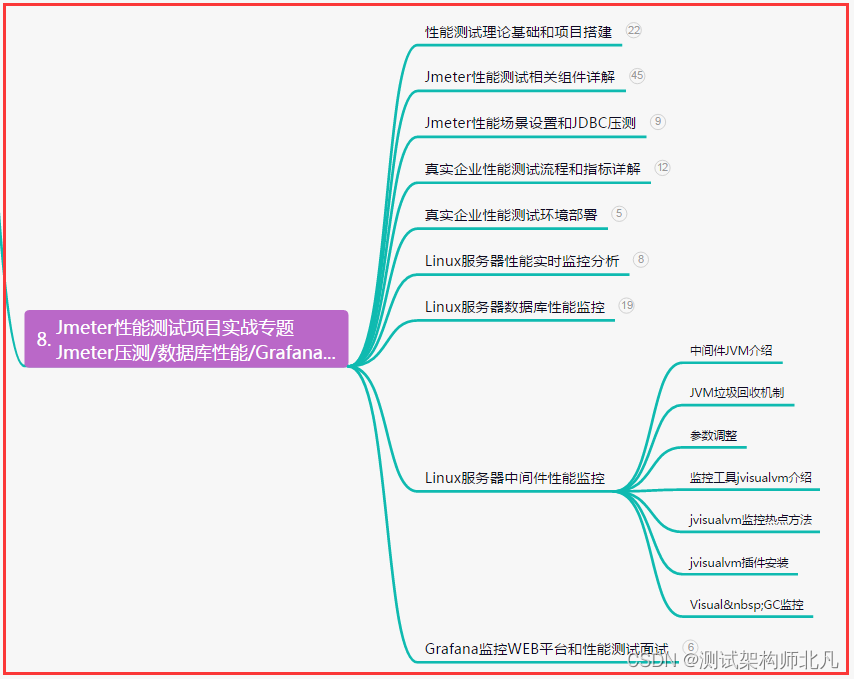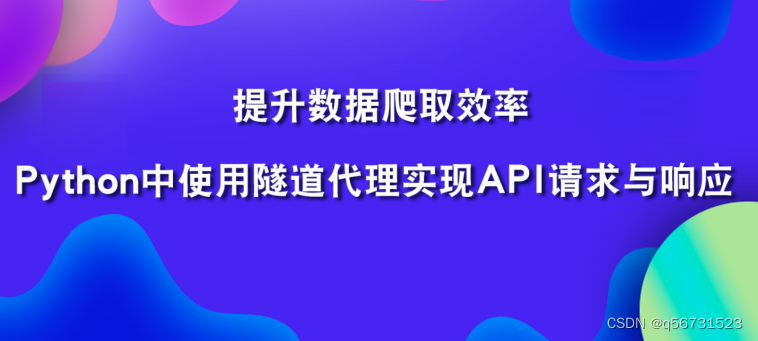- String
- 字符串
- 不可变的字符序列
- 在 jdk1.8,我们底层用 char [ ] 存储
- 在 jdk 17,我们底层用 byte [ ] 存储
- StringBuffer
- 字符串缓冲区类
- 可变的字符序列,线程安全的(synchronized),效率低
- 在 jdk1.8,我们底层用 char [ ] 存储
- 在 jdk 17,我们底层用 byte [ ] 存储
- StringBuilder
- 字符串生成器类
- 可变的字符序列,jdk5.0新增的,线程不安全的,效率高
- 在 jdk1.8,我们底层用 char [ ] 存储
- 在 jdk 17,我们底层用 byte [ ] 存储
1、那么在开发当中我们应该到底怎么选择呢?
- 首先看是不是一个多线程问题。
- 不是多线程问题,就用StringBuilder
- 因为只有多个线程操作共享数据的时候,我们才会考虑用StringBuffer
- 否则不是多线程,或者不存在多线程的安全问题,我们都建议用StringBuilder。
2、jdk8源码分析String
- String str = new String(); //char[ ] value = new char[0];
- String str1 = new String("abc") //char[ ] value = new char[ ]{ 'a', 'b', 'c' };
3、jdk8源码分析StringBuffer
- StringBuffer sb1 = new StringBuffer(); //char[ ] value = new char[16]; 底层创建了一个长度是16的数组。
- sb1.append('a'); //value[0] = 'a';
- sb1.append('b') //value[1] = 'b';
package stringdemo; public class StringBufferTest { public static void main(String[] args) { StringBuffer sb = new StringBuffer(); System.out.println(sb.capacity());//16 } } D:\Java\jdk-17\bin\java.exe "-javaagent:D:\BaiduNetdiskDownload\IntelliJ IDEA 2023.2\lib\idea_rt.jar=34469:D:\BaiduNetdiskDownload\IntelliJ IDEA 2023.2\bin" -Dfile.encoding=UTF-8 -classpath F:\IdeaProjects\JavaSenior\out\production\Exception stringdemo.StringBufferTest 16 Process finished with exit code 0
- StringBuffer sb2 = new StringBuffer(“abc”);//char[ ] value= new char["abc".length()+16]
package stringdemo; public class StringBufferTest { public static void main(String[] args) { StringBuffer sb1 = new StringBuffer("abc"); System.out.println(sb1.capacity());//3+16=19 } } D:\Java\jdk-17\bin\java.exe "-javaagent:D:\BaiduNetdiskDownload\IntelliJ IDEA 2023.2\lib\idea_rt.jar=35502:D:\BaiduNetdiskDownload\IntelliJ IDEA 2023.2\bin" -Dfile.encoding=UTF-8 -classpath F:\IdeaProjects\JavaSenior\out\production\Exception stringdemo.StringBufferTest 19 Process finished with exit code 03.1、扩容问题
- 如果要添加的数据底层数组盛不下了,那就需要扩容底层的数组。
- 默认情况下,扩容为原来容量的2倍+2,同时将原有数组中的元素赋值到新的数组中。
- new StringBuilder(); 创建的时候是不会扩容的,容量是(字符串参数的长度 加上16)。
package stringdemo; public class StringBufferTest { public static void main(String[] args) { //new StringBuffer();创建的时候是不会扩容的 StringBuffer sb1 = new StringBuffer("66666666666666666666666666666666666666666666666666666666"); System.out.println(sb1.length());//56 System.out.println(sb1.capacity());//56+16=72 } } D:\Java\jdk-17\bin\java.exe "-javaagent:D:\BaiduNetdiskDownload\IntelliJ IDEA 2023.2\lib\idea_rt.jar=37260:D:\BaiduNetdiskDownload\IntelliJ IDEA 2023.2\bin" -Dfile.encoding=UTF-8 -classpath F:\IdeaProjects\JavaSenior\out\production\Exception stringdemo.StringBufferTest 56 72 Process finished with exit code 0
- sb1.append();的时候,追加的时候才会发生扩容。超出(字符串参数的长度+16)的时候才会发生扩容。
public class StringBufferTest { public static void main(String[] args) { StringBuffer sb1 = new StringBuffer("44444444");//new创建的时候不会发生扩容 System.out.println(sb1.length());//8 System.out.println(sb1.capacity());//8+16=24 System.out.println("==================="); sb1.append("44444444"); System.out.println(sb1.length());//16 System.out.println(sb1.capacity());//16+16=24 System.out.println("==================="); sb1.append("44444444"); System.out.println(sb1.length());//24 System.out.println(sb1.capacity());//24 这个时候StringBuffer的容量已经满,再append就会扩容 System.out.println("==================="); sb1.append("4"); System.out.println(sb1.length());//25 System.out.println(sb1.capacity());//24*2+2=50 扩容为原来容量的2倍+2 } } D:\Java\jdk-17\bin\java.exe "-javaagent:D:\BaiduNetdiskDownload\IntelliJ IDEA 2023.2\lib\idea_rt.jar=37603:D:\BaiduNetdiskDownload\IntelliJ IDEA 2023.2\bin" -Dfile.encoding=UTF-8 -classpath F:\IdeaProjects\JavaSenior\out\production\jdk8 StringBufferTest 8 24 =================== 16 24 =================== 24 24 =================== 25 50 Process finished with exit code 0
String、StringBuffer、StringBuilder三者的异同?
news2025/10/18 22:19:26
本文来自互联网用户投稿,该文观点仅代表作者本人,不代表本站立场。本站仅提供信息存储空间服务,不拥有所有权,不承担相关法律责任。如若转载,请注明出处:http://www.coloradmin.cn/o/878086.html
如若内容造成侵权/违法违规/事实不符,请联系多彩编程网进行投诉反馈,一经查实,立即删除!相关文章
中大型纯电动旗舰轿车银河E8申报成功,定位“旗舰”,可年内交付
根据工信部的公告,吉利旗下的银河新能源品牌近日成功完成中大型纯电轿车银河 E8的申报。这款令人期待的电动轿车在外观和内饰方面都备受关注。在之前的报道中,我们得知银河 E8拥有时尚、动感的外观设计,线条流畅,给人一种科技感十…
关于vue,记录一次修饰符.stop和.once的使用,以及猜想。
内置指令 | Vue.js
在vue的api里,关于v-on有stop和once两个事件标签。
.stop - 调用 event.stopPropagation()。.once - 最多触发一次处理函数。
原有主要代码和页面效果 (无stop和once): ...<div class"div" click"di…
编写时源码优化插件试验品
我又来倒垃圾啦 自己垃圾桶里的这个:egg language server on VSCode | Framist’s Little House 用蛋消灭魔鬼!编写时源码优化插件 egg-language-server 🧪 in developing Source Code Optimization Tools at Writing-time 特性 demo | 点击跳…
Revit SDK: FindColumns 找到和墙相交的柱子
前言
本文的主要内容是基于 ReferenceIntersector 的一个应用。ReferenceIntersector 的主要作用是找到一条与给定射线相交的各个元素。
内容
ReferenceIntersector
namespace Autodesk.Revit.DB
{public class ReferenceIntersector : IDisposable{public ReferenceInters…
Playwright快速上手-1
前言 随着近年来对UI自动化测试的要求越来越高,,功能强大的测试框架也不断的涌现。本系列主讲的Playwright作为一款新兴的端到端测试框架,凭借其独特优势,正在逐渐成为测试工程师的热门选择。
本系列文章将着重通过示例讲解 Playwright python开发环境的搭建 …
【瑞芯微RK3588】【部署yolov5】学习资料总结
各类教程
1.官网:瑞芯微RK3588板子NPU的使用;
2. 【实测有用】在PC虚拟机上转换模型,再下载到RK3588板子上部署YOLOv5;
3. 在服务器上转换模型,再下载到RK3588板子上部署YOLOv5;
4. github上的各类资料…
【设计模式】2.策略模式
前言
代码例子是来大话设计模式,本文主要是根据个人的理解,对书中的内容做学习笔记。如果个人理解的有问题,请各位大佬指正🙏。
基础遗忘了可以复习一下: 面向对象Java基础 简单了解UML类图
1、业务背景
商场收银软…
双色球彩票系统---(java实现)
双色球彩票系统:需求:投注号码由6个红色号码和1个蓝色球号码组成。红色球号码从1-33中选择,蓝色球号码从1-16当中选择
* 红 蓝
* 一等奖 6 1
* 二等奖 6 0
* 三等奖 5 1
* 四等奖 5 0
* 4 1
* 五等奖 4 0
* …
NPCon:AI模型技术与应用峰会北京站 (参会感受)
8月12日,我有幸参加了在北京皇家格兰云天大酒店举行的“AI模型技术与应用峰会”。 这次会议邀请了很多技术大咖,他们围绕:
六大论点 大模型涌现,如何部署训练架构与算力芯片 LLM 应用技术栈与Agent全景解析 视觉GPU推理服务部署 …
ubuntu部署haproxy
HAProxy是可提供高可用性、负载均衡以及基于TCP和HTTP应用的代理.
1、更新系统报
通过在终端中运行以下命令,确保所有系统包都是最新的 sudo apt updatesudo apt upgrade
2、安装Haproxy
sudo apt install haproxy 设置开机自动启动haproxy服务
sudo systemctl enable h…
.gitignore匹配规则
目录 1.直接一个名称2.斜杠 /3.符号 *4.问号 ?5.感叹号 !6.gitkeep 借鉴抖音账号: 渡一前端提薪课 1.直接一个名称 会忽略目录下的所有该名称文件和文件夹,无论嵌套多深。 2.斜杠 /
1.斜杠在开头(/dist):忽略和.gitig…
开发规范(一):Mysql篇
1. 流程 数据库表结构的修改需要相关人员和Leader一起评审,保证符合涉及规范。 不允许使用root账号,所有开发和测试应当分配指定账号,并授予最小数据库权限 2. 数据库与表规范 表命名规范 常规表表名以 t_开头,t 代表 table 的意思…
Redis数据结构——压缩列表ziplist
定义
压缩列表ziplist是Redis中列表和哈希键的底层实现方式之一。 当一个列表只包含少量列表项,并且每个列表项要么是小整数值,要么是较短的字符串时,那么Redis就会使用压缩列表来作为列表的底层实现。 另外,当一个哈希表中只包含…
FPGA + WS2812采灯控制
文章目录 一、WS2812C-2020-V11、产品概述2、引出端排列及功能3、数据传输时间4、数据传输方法 二、使用WS2812C显示图片1、静态显示2、动态显示 一、WS2812C-2020-V1
1、产品概述
WS2812C-2020-V1是一个集控制电路与发光电路于一体的智能外控LED光源;其外型采用最…
2023牛客暑期多校训练营9 I.Non-Puzzle: Segment Pair(tag:差分)
文章目录 题目大意题解参考代码 题目大意 1 ≤ n , l i , r i ≤ 5 ∗ 1 0 5 1 \leq n,l_i,r_i \leq 5*10 ^5 1≤n,li,ri≤5∗105
题解
这题 l / r l/ r l/r 的数据在 5 1 0 5 5\times 10^5 5105 ,想到差分。 特殊的是它有两条线段,对于同一个点…
Photoshop窗口->排列菜单下进行匹配缩放/位置/旋转
首先,在Photoshop中打开4张以上图片,并选择“窗口”->“排列”->"四联": 将鼠标移动至其中一张图片中,按住“Z”键,拖动鼠标,调整图片缩放比例至60.55%, 再选择“窗口”->“…
一篇打通,pytest自动化测试框架详细,从0到1精通实战(二)
目录:导读 前言一、Python编程入门到精通二、接口自动化项目实战三、Web自动化项目实战四、App自动化项目实战五、一线大厂简历六、测试开发DevOps体系七、常用自动化测试工具八、JMeter性能测试九、总结(尾部小惊喜) 前言
读取文件
1、读取…
Python中使用隧道爬虫ip提升数据爬取效率
作为专业爬虫程序员,我们经常面临需要爬取大量数据的任务。然而,有些网站可能会对频繁的请求进行限制,这就需要我们使用隧道爬虫ip来绕过这些限制,提高数据爬取效率。本文将分享如何在Python中使用隧道爬虫ip实现API请求与响应的技…
